How to Avoid Jet Lag: Your Ultimate Guide to a Better Travel Experience
Table of Contents Understanding Jet Lag: What It Is and Why It HappensThe Science Behind Jet Lag: Circadian Rhythms and…








Ras Al Khaimah has a 68-kilometer coastline with coastal wetlands dominated by mangroves, the hardy, woody, lush plants that thrive in the brackish waters of the United Arab Emirates’ intertidal zones. These mangroves serve as dependable sentinels and protectors of Ras Al Khaimah’s shorelines, vital to the thousands of birds and fish that depend on the emirate’s shallow coastal waters for survival.
You can learn more about this unique marine ecosystem by kayaking the mangroves. Here’s everything you need to know about these plants and mangroves for kayaking in Ras Al Khaimah.

The mangrove wetlands of Ras Al Khaimah are vital ecological assets. In the emirate’s hot and dry climate, the mangroves serve as a refuge and a food source for both aquatic and terrestrial inhabitants.
Evidence suggests the inhabitants of Ras Al Khaimah traditionally harvested the mangroves, using the timber for house and boat construction and the leaves as camel fodder. Archeological remains in Ras Al Khaimah dating back 7,000 years before present (ybp) also support their enduring role as nurseries and shelters for fish, mollusks, and crustaceans. These confirm their value as a food source for the emirate’s ancient human settlements.
Today, mangroves continue to perform a crucial ecological function. They protect shores from erosion and support life in the coast’s shallow marine waters. Ras Al Khaimah promotes awareness of the mangroves’ vital ecological role and ensures that their protection and survival are integrated with urban development.
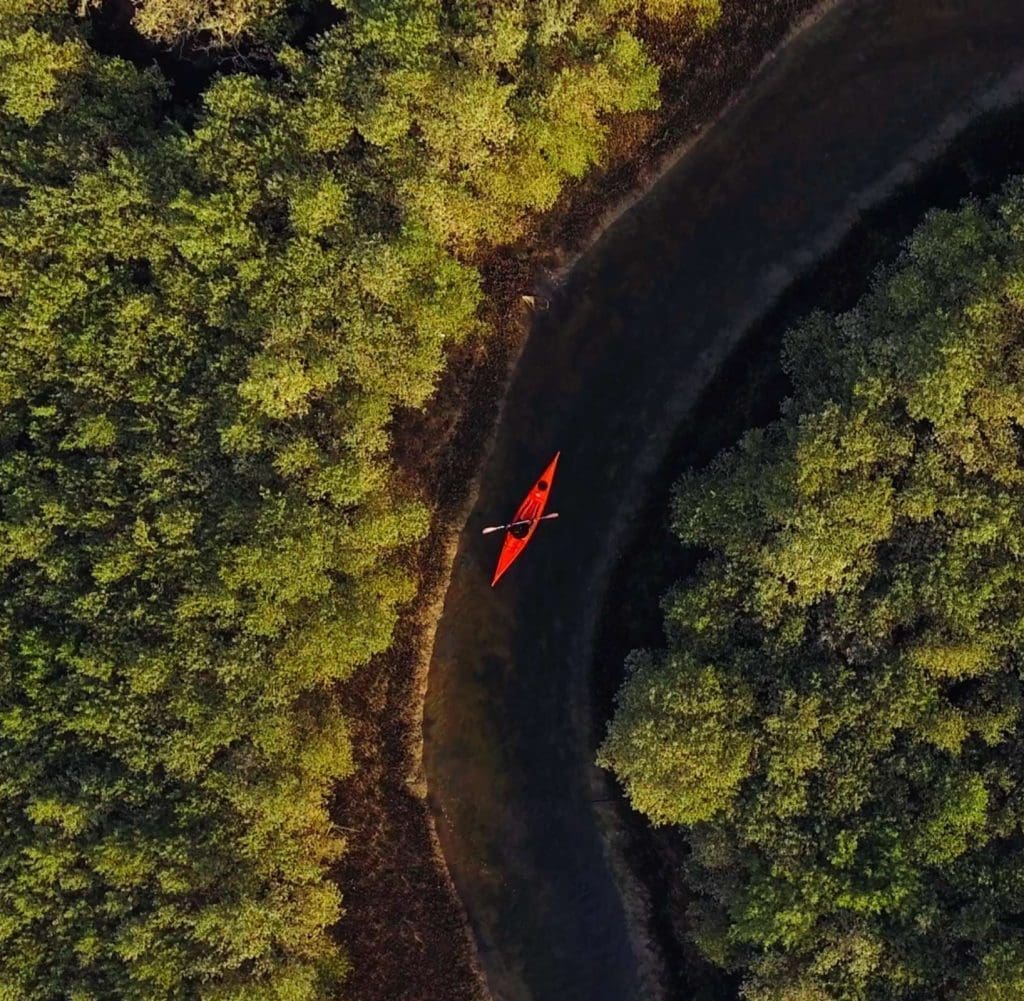
If you’re ready to explore the beauty of Ras Al Khaimah’s mangrove wetlands, read on. Here are some of the most important things you should know.
Ras Al Khaimah has a dense mangrove forest in Khor Ras Al Khaimah, a 410-hectare coastal wetland surrounded by various neighborhoods, including Al Nakheel, Al Juwais, Al Qurum, Khuzam, and Dafan Ras Al Khaimah.
You can enjoy extensive mangrove forest views from the three-kilometer promenade of the Al Qawasim Corniche, the Tower Links Golf Club and the rear promenade of Manar Mall. For mangrove kayaking, proceed to Al Qawasim Corniche up to the Nakheel waterfront. Many guided Ras Al Khaimah kayaking and canoeing tours launch from there.
Mangroves can also be found in the Khor Al Muzahmi Reserve, another Ras Al Khaimah coastal lagoon. It is protected for its biodiversity, as it is an important habitat for flamingos, fish eagles, green turtles, and many other animals. It also has a thriving mangrove nursery.
The resorts around the lagoon offer guided kayaking tours. Anantara Mina Al Arab and InterContinental Ras Al Khaimah Resort and Spa, both in Mina Al Arab, offer mangrove kayaking experiences.
Winter is the best season for kayaking in the UAE. This runs from November to March, but you can go earlier in October or a bit later in April. It should be fine as long as the milder weather holds up.
The best times are early mornings and late afternoons (nearing sunset). This way, you can avoid the full force of the midday sun. There should also be more birds then, because it’s cooler.
Early evenings are good; they’re much cooler, too. However, it will be dark then, and you’ll see less of the mangroves and their inhabitants.
Finally, you should also consider the tide. Kayaking is more fun (and easier) during high tide. High tide timings vary, however, and sometimes occur at midday, when it’s too hot to be out in the water. The ideal kayaking schedule is high tide early morning or late afternoon.
To ensure you can go kayaking at the best possible time, ask your preferred kayaking tour service provider to recommend a good schedule. A day when the high tide is predicted for 5:44 a.m. is perfect for kayaking in Ras Al Khaimah.
Wear cool and comfortable clothing. A shirt, pants, sneakers, and a wide-brimmed hat with a stampede strap (i.e., chin strap) is a good ensemble for paddling around in a mangrove forest.
Protect your eyes with sunglasses. Layer up if going very early in the morning (when it’s still quite chilly). Make sure to apply sunscreen before you leave for your tour. Bring a small tote or backpack for your essentials, including a bottle of water, which is a must. Definitely pack one change of clothing, just in case.
Most tour operators provide the necessary equipment, including a kayak, paddle, and life jacket.
Kayaking tours can last from 1 to 4 hours. It depends on your kayaking package. A one-hour tour should be sufficient if you simply want to appreciate the mangroves from somewhere closer than the shore. A half-day tour, however, will allow you to go deeper into the mangrove forest. By navigating its meandering waterways, you can see more of the animals that shelter in their roots and foliage.
Tour prices will vary depending on tour specifications and your provider. Tandem kayaking tours will cost less per person than single kayaking. Four-hour tours will naturally cost more than one-hour excursions. Likewise, the upscale Ras Al Khaimah resorts charge more than boat rental and tour companies in Al Qawasim Corniche.
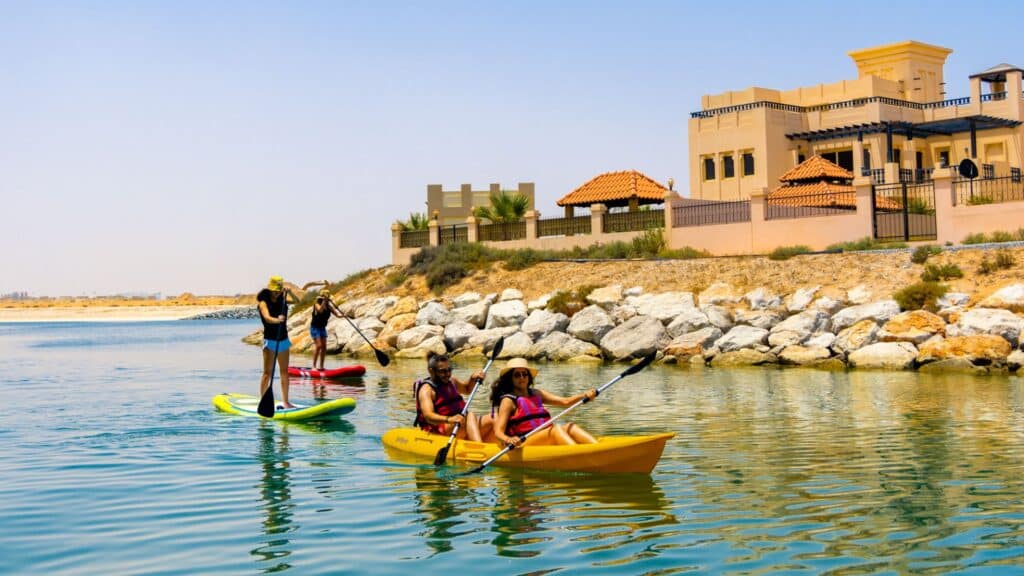
The mangroves are some of the world’s most valuable ecological assets. Ras Al Khaimah is blessed to have more than 1,500 hectares of coastal wetlands where mangroves can thrive.
Mangrove kayaking is one of the top things to do in Ras Al Khaimah. If you love nature, bird-watching, marine life, and the water, kayaking is perfect for you.


Table of Contents Understanding Jet Lag: What It Is and Why It HappensThe Science Behind Jet Lag: Circadian Rhythms and…
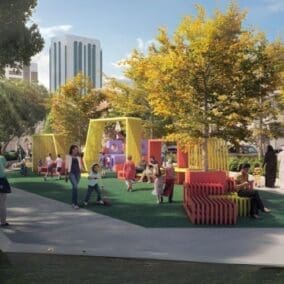

Table of Contents About the Al Riffa Ras Al Khaimah Park ProjectWhat to Expect From Al Riffa Park, Ras Al…


Table of Contents The Unique Ecosystems of Ras Al KhaimahDesert landscapesMountains and wadisCoastal and mangrove zonesNative and Introduced Species You’ll…
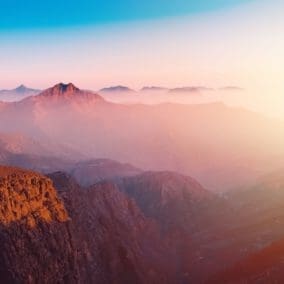
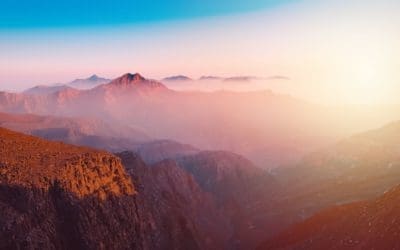
Table of Contents The Geology of Jebel JaisMountains of Time: Exploring the History of Jebel JaisModern Life in an Ancient…
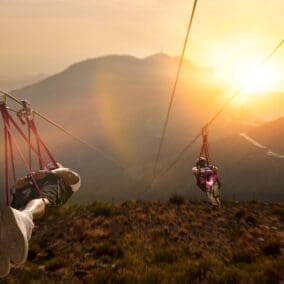
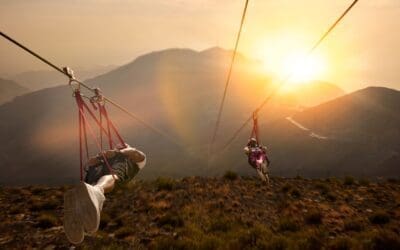
Table of Contents What Is a Digital Detox?A Digital Detox Retreat in Ras Al KhaimahGet Active with Hiking, Biking or…
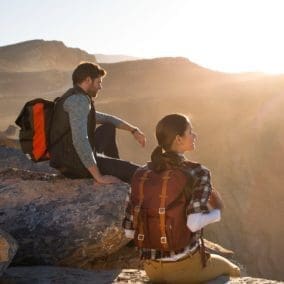

Table of Contents Jebel Jais Al Marjan IslandAl Jazeera Al HamraAl Wadi DesertMangrove CoastlineWadi ShawkaYou can’t visit a place without photos…